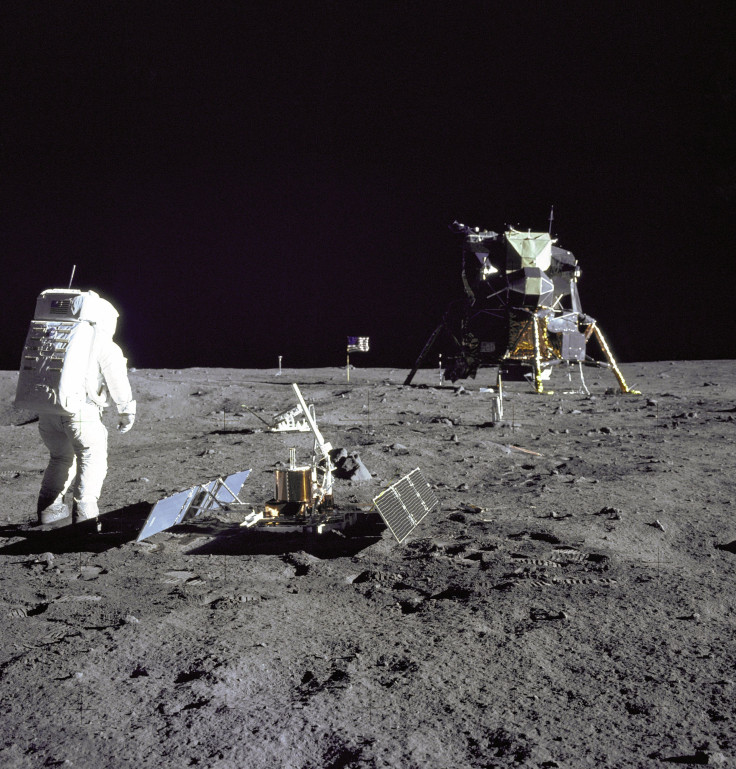Apollo 11 Moon Landing Anniversary: Facts About Lunar Mission 47 Years On

Even though Yuri Gagarin from what was then the U.S.S.R. became the first man in outer space, the lead he gave the Soviets in the space race in 1961 was overcome by the United States eight years later. On July 20, 1969, Neil Armstrong and Edwin “Buzz” Aldrin became the first men to step on the moon’s surface, a defining moment in human history.
It has been 47 years to the day since three U.S. astronauts (Michael Collins was the third, but he never went to the lunar surface, staying behind in the command ship) went to the moon as part of the Apollo 11 mission. In the three years that followed, 10 more men made the journey as part of NASA’s Apollo missions, but none has been as iconic as Armstrong’s “one small step for man.”
Here’s a look at some of the interesting facts from the Apollo 11 mission.
- Armstrong messed up his opening line somewhat. He was supposed to say “That’s one small step for a man, one giant leap for mankind” but he forgot the “a.”
- “The Eagle has landed” were not the first words spoken after the lunar module touched down on the surface of the moon. Aldrin said “contact light” at the moment of contact, the two astronauts then went through a checklist before Armstrong said the famous words.
- The U.S. flag that the astronauts planted on the moon is almost certainly long gone. It was knocked over by the thrusters of the module Armstrong and Aldrin left the lunar surface in, and the harsh conditions there must have disintegrated it by now.
- Among the objects the U.S. astronauts also left behind on the moon were medallions honoring Russian cosmonauts, Gagarin and Vladimir Komarov, both recently deceased.
- Both Armstrong and Aldrin said the moon had an unpleasant smell.
- Thanks to Aldrin, the first food consumed on the moon was a communion wafer.
- Richard Nixon, president of the United States at the time, had prepared a speech in case the mission failed.
- The total duration from takeoff from Earth to splashing down in the Pacific Ocean was 195 hours, 18 minutes and 35 seconds, about 36 minutes longer than planned.
© Copyright IBTimes 2025. All rights reserved.




















